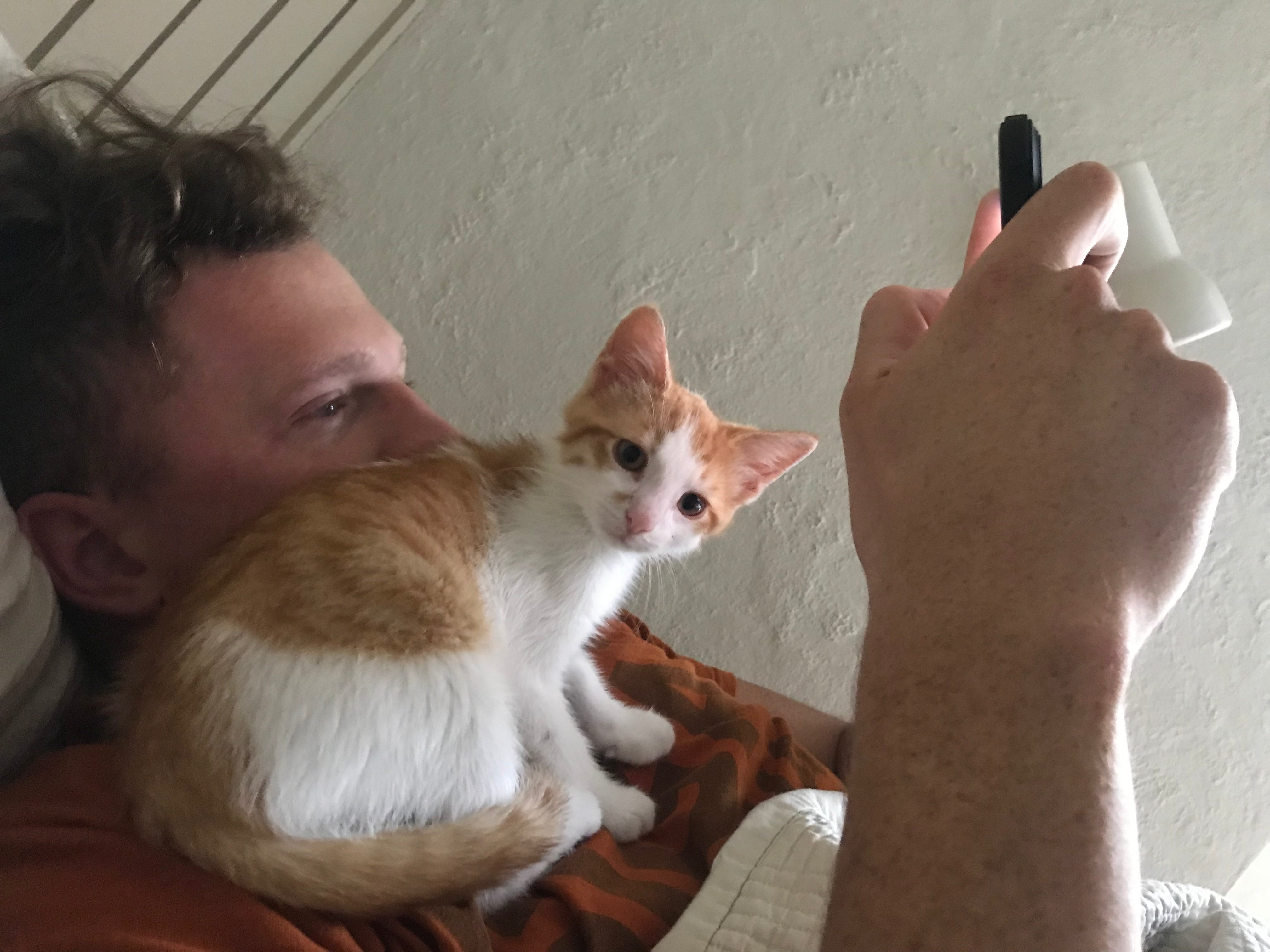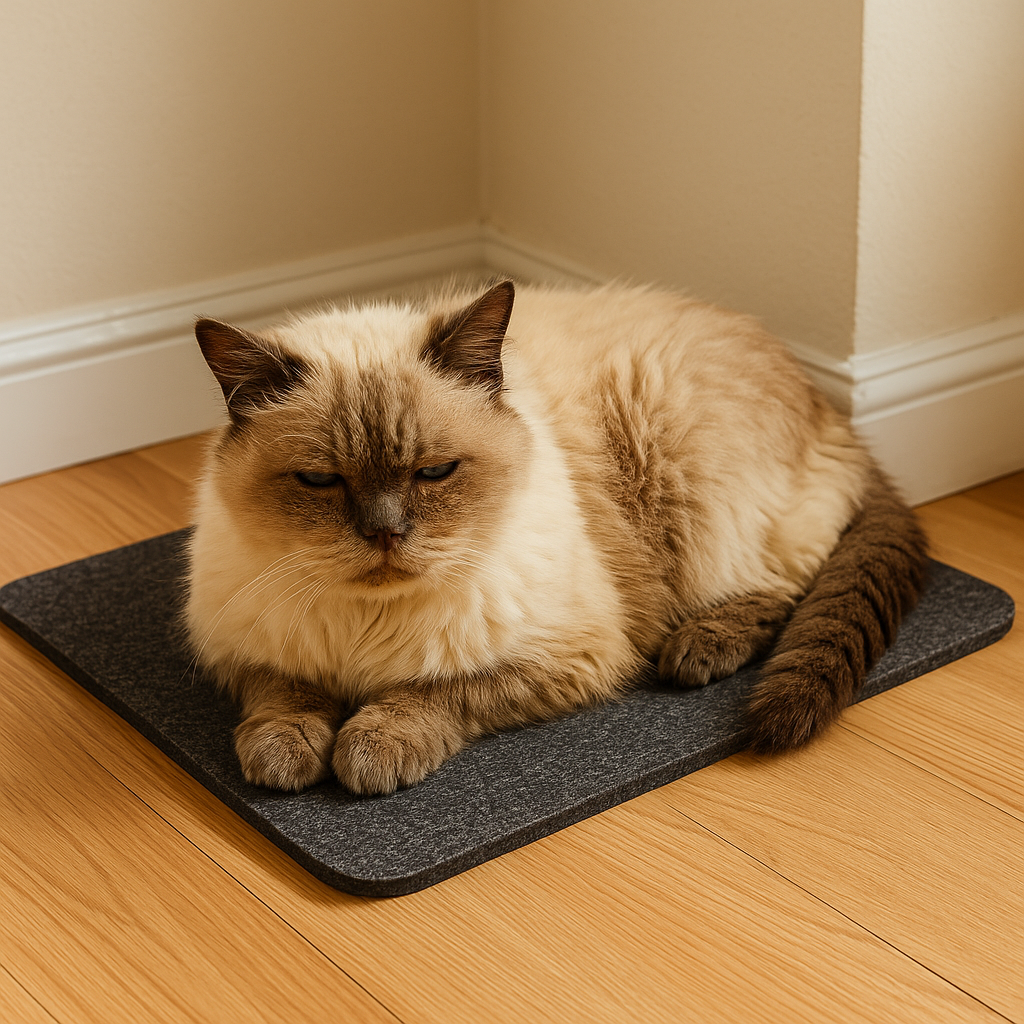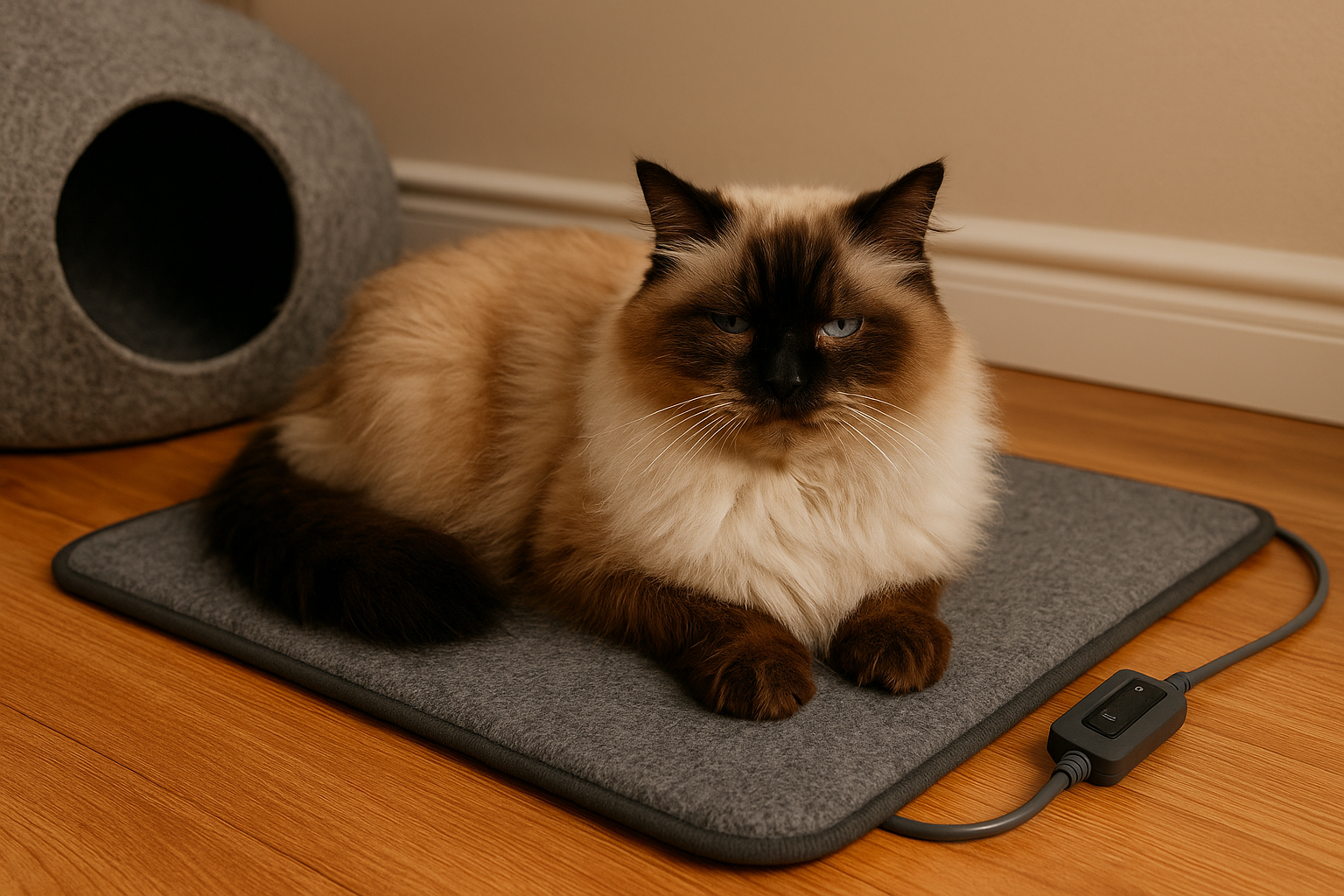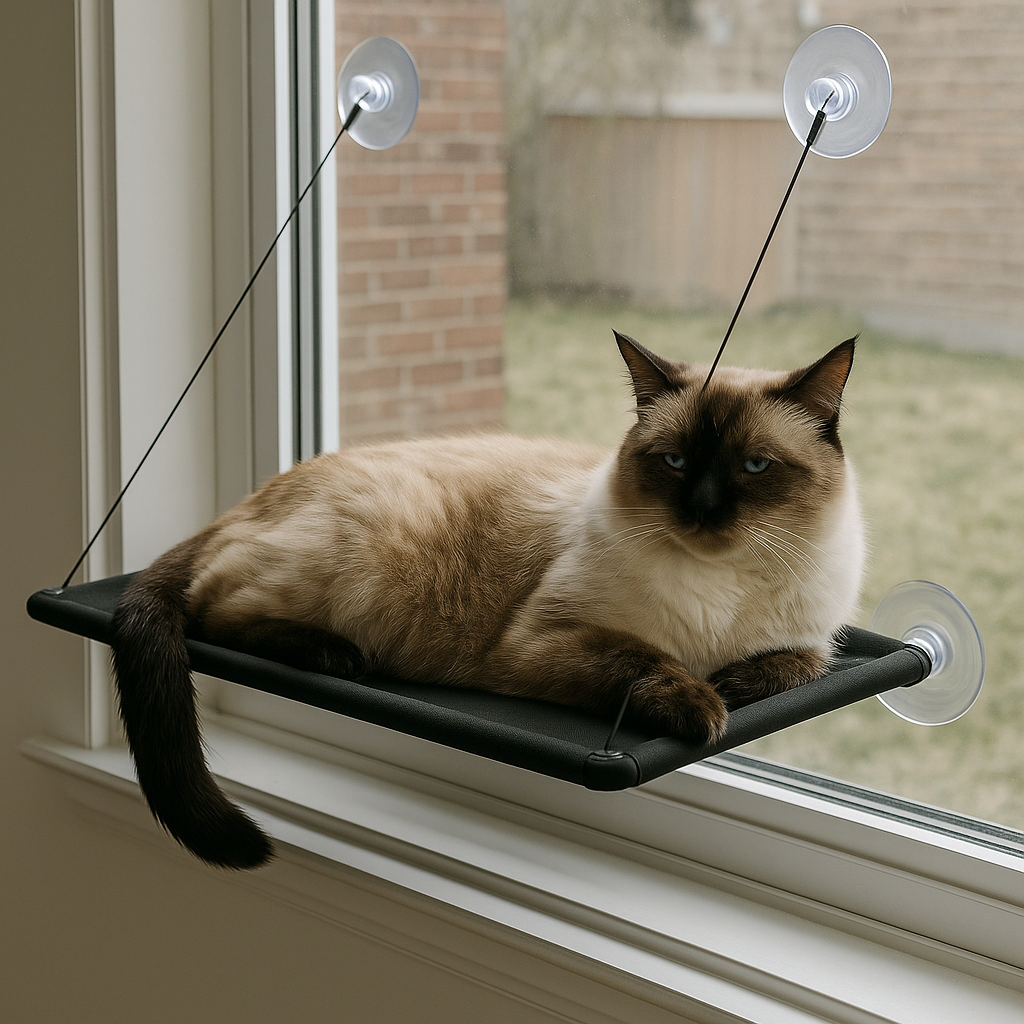Cat Cable Chewing 2025: Prevention & Safety Tips 🐾
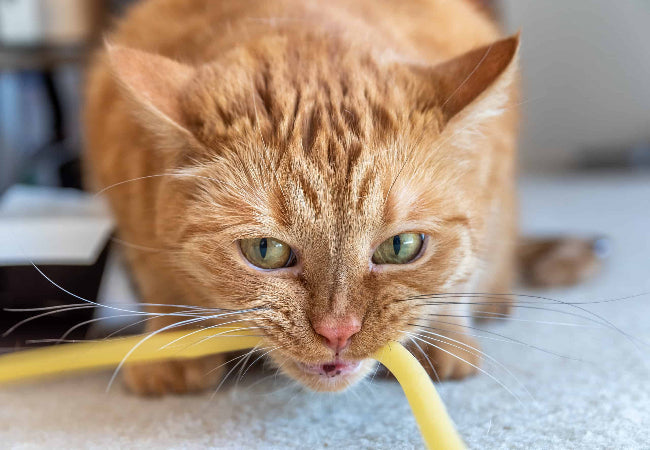
In this article
Cat Cable Chewing 2025: Prevention & Safety Tips 🐾
By Dr. Duncan Houston BVSc
Cats are curious, playful, and sometimes mischievous creatures. While chewing is often a natural behavior, it can become dangerous when they target items like electrical cables. Chewing cords not only risks your cat’s safety but can also damage electronics. Fortunately, there are effective strategies to protect both your feline friend and your household.
🔹 Why Cats Chew Cables
Cats may chew on cords for a few reasons:
-
Boredom – Cats need mental and physical stimulation. Chewing may be a way to entertain themselves.
-
Teething or Dental Issues – Young kittens or cats with dental discomfort may chew to soothe their gums.
-
Curiosity – Cats explore their environment with their mouths, and dangling cords can be very tempting.
-
Attention-Seeking or Anxiety – Chewing may become a habit if a cat is stressed or seeking attention.
Understanding the reason behind the chewing is key to preventing it effectively.
🔹 Strategies to Prevent Cable Chewing
1. Provide Alternative Chew Toys
Offer safe, chewable toys designed for cats. Toys that have different textures, like rubber or rope, can satisfy their urge to chew while keeping them away from cables. Interactive toys or puzzle feeders also redirect energy toward play and exploration.
2. Use Cable Protectors
Protective tubing, cord covers, or spiral cable wraps create a barrier between your cat and your cables. These products are widely available and can cover multiple cords at once, making them nearly impossible for your cat to chew through.
3. Apply Deterrents
Bitter-tasting sprays deter cats from chewing. You can purchase pet-safe deterrent sprays or make a homemade solution by mixing water with a small amount of vinegar. Spray the mixture on cords (avoiding electronic connections) to make them less appealing.
4. Keep Cables Out of Reach
Where possible, hide cords behind furniture or use cable management clips and hooks to lift them off the floor. This reduces temptation and makes it harder for your cat to access them.
5. Cat-Proof Your Home
Remove or secure other potentially dangerous objects, including small wires, plastic items, and toxic plants. A safe, stimulating environment reduces the chance of destructive behaviors.
6. Training
Some cats can learn not to chew cords with consistent training:
-
Use a noise or gentle clap to distract them whenever they approach a cord.
-
Reward them with treats or praise when they leave the cable alone.
Over time, your cat will associate cords with negative consequences or boredom and will stop chewing.
7. Consult a Veterinarian
Persistent chewing could indicate health or behavioral issues, such as:
-
Dental problems – Cats may chew to relieve gum pain.
-
Nutritional deficiencies – Cats sometimes chew non-food items to compensate for missing nutrients.
-
Behavioral disorders – Stress or anxiety can manifest as destructive chewing.
Your veterinarian can rule out medical causes and advise on behavioral strategies or supplements if needed.
🔹 Additional Tips for Prevention
-
Regular Play and Exercise – A tired cat is less likely to seek out cords as entertainment.
-
Vertical Spaces – Cat trees and shelves provide safe climbing options that reduce interest in cables.
-
Routine – A consistent daily schedule for play and feeding can reduce anxiety-driven chewing.
✅ Conclusion
Cats chewing on electrical cables can be dangerous, but with patience and the right strategies, it’s possible to curb this behavior. By providing alternatives, protecting cables, and addressing the underlying causes, you can create a safe environment for your cat and protect your electronics.
Every cat is unique, so it may take some trial and error to find the most effective approach. Supervision, patience, and positive reinforcement are key to keeping both your feline friend and your home safe.




